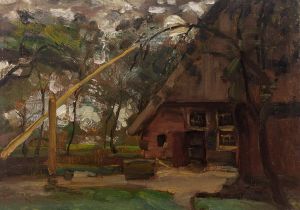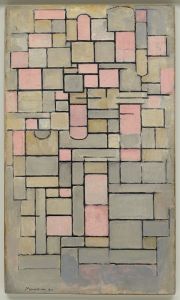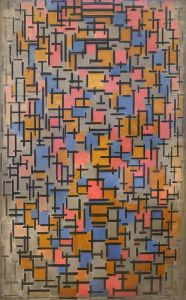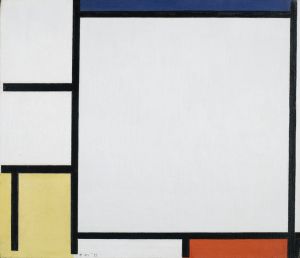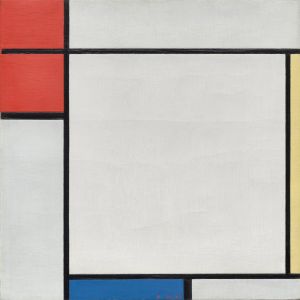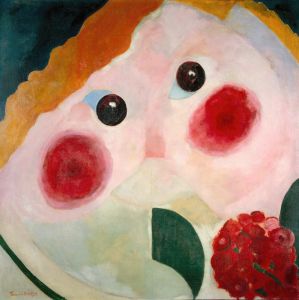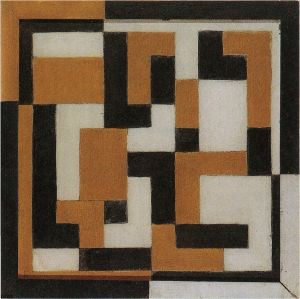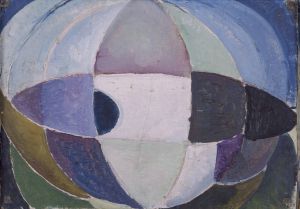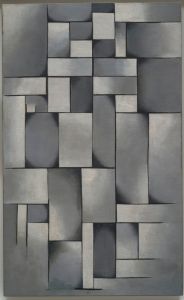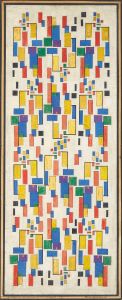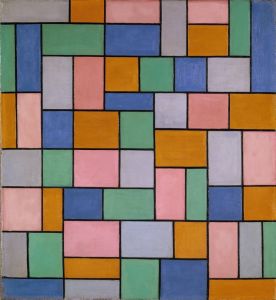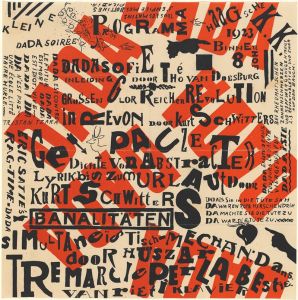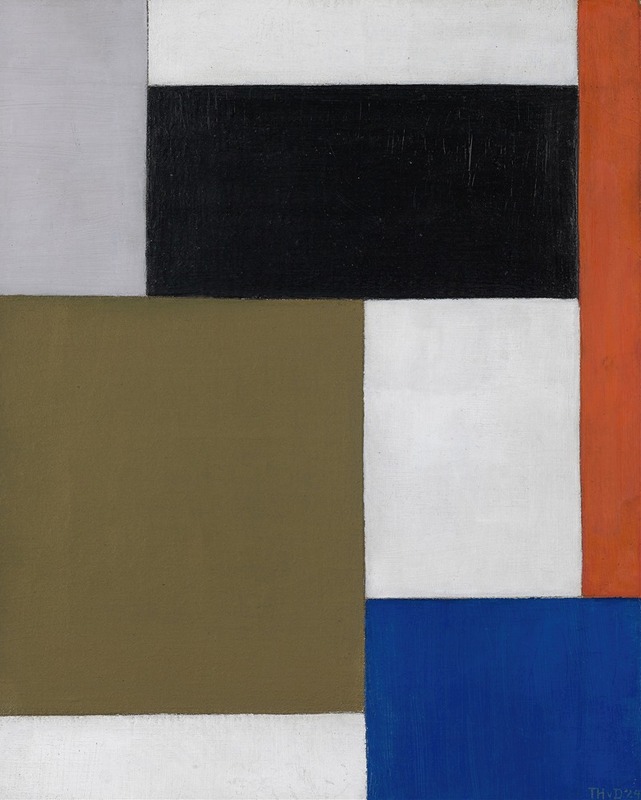
Composition
A hand-painted replica of Theo van Doesburg’s masterpiece Composition, meticulously crafted by professional artists to capture the true essence of the original. Each piece is created with museum-quality canvas and rare mineral pigments, carefully painted by experienced artists with delicate brushstrokes and rich, layered colors to perfectly recreate the texture of the original artwork. Unlike machine-printed reproductions, this hand-painted version brings the painting to life, infused with the artist’s emotions and skill in every stroke. Whether for personal collection or home decoration, it instantly elevates the artistic atmosphere of any space.
Theo van Doesburg was a pivotal figure in the De Stijl movement, which emerged in the Netherlands in the early 20th century. Known for its abstraction and emphasis on geometric forms, De Stijl sought to express a new utopian ideal of spiritual harmony and order. Van Doesburg, alongside contemporaries like Piet Mondrian, played a significant role in developing and promoting this artistic philosophy.
"Composition" by Theo van Doesburg is one of his notable works that exemplifies the principles of the De Stijl movement. Created in 1917, the same year the movement was founded, the painting reflects van Doesburg's commitment to abstraction and his exploration of form and color. The artwork is characterized by its use of primary colors, straight lines, and rectangular shapes, which are hallmarks of the De Stijl aesthetic.
Van Doesburg's approach in "Composition" was influenced by his belief in the reduction of forms to their essential elements. This reduction was not merely an artistic choice but a philosophical stance that sought to transcend the chaos of the natural world and reflect a higher order. By using a limited palette and geometric forms, van Doesburg aimed to create a sense of balance and harmony.
The painting is composed of a series of intersecting lines and planes, creating a dynamic yet stable composition. The use of primary colors—red, blue, and yellow—alongside black, white, and gray, was intended to strip away any emotional content associated with color, focusing instead on the relationships between the elements. This approach was aligned with the De Stijl movement's goal of achieving universal beauty through abstraction.
Van Doesburg's work in "Composition" also reflects his interest in architecture and design. He believed that art should not be confined to painting but should extend into all aspects of life, including architecture and furniture design. This holistic approach is evident in the structural quality of his compositions, which often resemble architectural blueprints or designs.
Throughout his career, van Doesburg was not only a painter but also a writer, theorist, and architect. He was instrumental in disseminating the ideas of De Stijl through his writings and the publication of the De Stijl journal, which he founded and edited. His influence extended beyond the Netherlands, impacting artists and architects across Europe and contributing to the development of modern art and architecture.
"Composition" by Theo van Doesburg remains an important work within the context of early 20th-century art. It exemplifies the ideals of the De Stijl movement and reflects van Doesburg's commitment to abstraction and the search for a universal aesthetic language. The painting continues to be studied and admired for its clarity, precision, and innovative approach to form and color.





